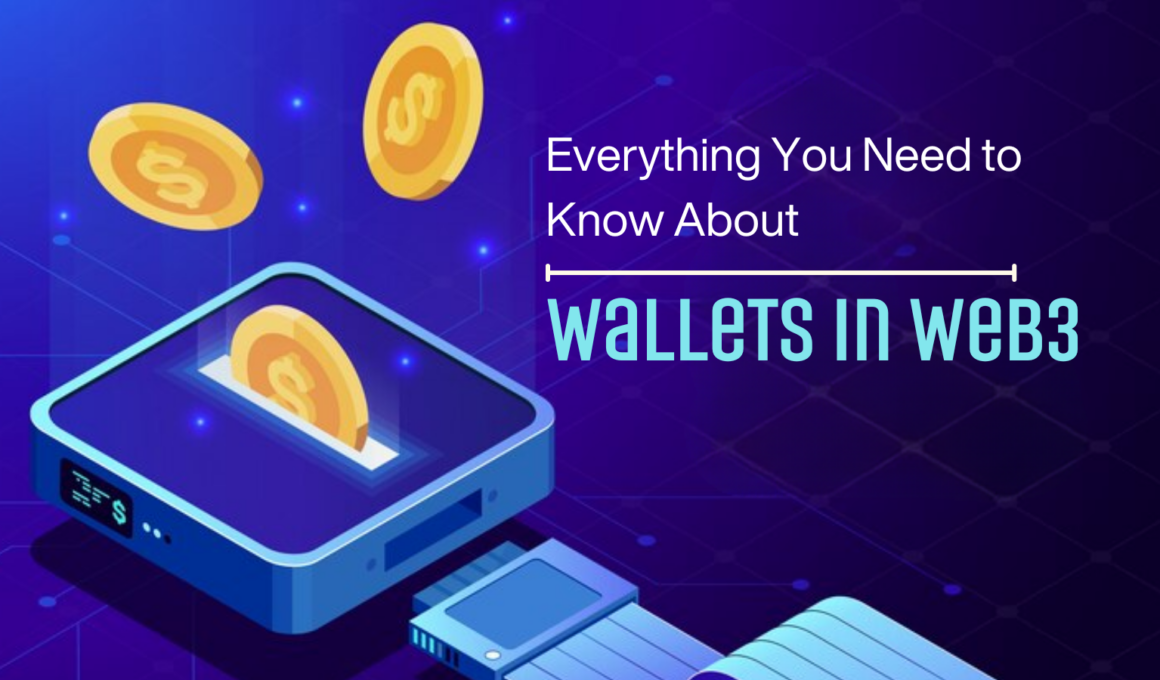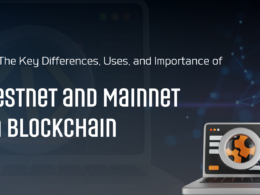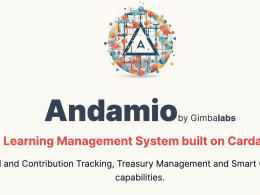Few years back when Web3 was just a twinkle in the eye of blockchain participants, wallets were pretty much just a way to store your crypto assets. Where you’d keep your Bitcoin, Cardano or whatever else in there, safe and sound. But as Web3 started to evolve, so did these wallets.
If you’re new to decentralized apps (dApps), crypto or NFTs, one of the first things you’ll hear about is the wallet. So, what exactly is a Web3 wallet? Like your regular wallet where you hold cash and credit cards. A Web3 wallet works the same way, except it’s all digital. It’s just your personal tool for managing digital assets and even owning unique pieces of digital art.
As Web3 grew, so did the idea of what a wallet could be. It wasn’t just about holding your coins anymore. These wallets started shaping into something more like a digital identity. Imagine your wallet not just holding cash but also showing off your digital art collection, your membership to certain Web3 communities, or even your voting rights in a DAO (Decentralized Autonomous Organization).
3 Key Takeaways
- Most Web3 wallets are free to set up, you only pay network fees when making transactions.
- You can use multiple wallets for different purposes, like hot wallet for daily transactions and a cold wallet for long-term storage.
- Unfortunately, losing your seed phrase means losing access to your wallet permanently. That’s why it’s important to store it safely.
How Web3 Wallet Works
The simple trick is that your Web3 wallet doesn’t actually store crypto assets and NFTs directly. When you create a Web3 crypto wallet, you’re building a secure storage system that safeguards the keys needed to verify ownership of your digital assets. I mean, it holds your private and public keys, which are used to access your assets stored on the blockchain network.
Public Key
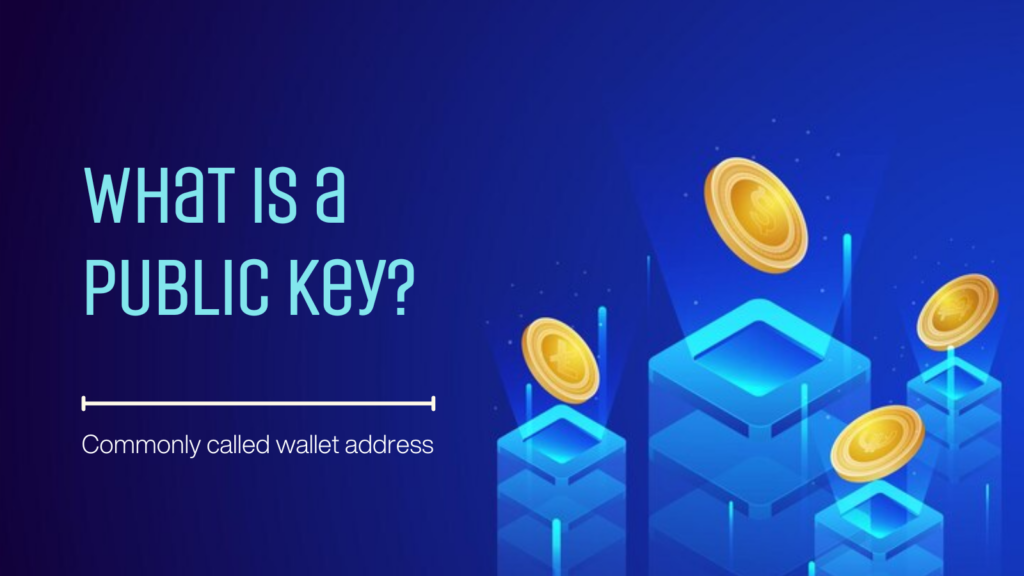
A public key is a long string of alphanumeric characters (letters and numbers), commonly called wallet address which is mathematically derived from the private key using cryptographic functions. It’s typically between 64 and 128 characters long, depending on the blockchain network you’re using.
A Cardano wallet address for example, which is essentially your public key for transactions on the Cardano blockchain, typically consists of 52 to 64 characters. These characters are generated by a cryptographic algorithm, ensuring that your public key is unique to you. Here’s a quick breakdown:
- Bech32 Addresses – These are the newer format for Cardano addresses and start with “addr1” followed by a string of characters. They are generally around 52 characters long and some can be 105 characters, depending on the wallet provider.
“addr1v9lzs82ntdj55jlvqe05usatlsz12vwf9rmzehlz0vcmc9germwtl“
- Legacy Addresses – These are the older format and start with “DdzFFzC” followed by a string of characters. These addresses are usually 64 characters long depending on the wallet provider.
“DdzFFzCqrht1fe3N3cao9t64RSW7Q1qaHd1a4AkREr3CJJZQNdtGcXpqpfjh“
Everyone can see your public address, and they can use it to send you digital assets like coins/tokens, NFTs. That aside, there’s a new innovation (Adahandle) making Cardano addresses simpler where you can custom your public address to a human-readable name. It’s safe to share with others because it doesn’t give them access to your actual wallet.
Private Key
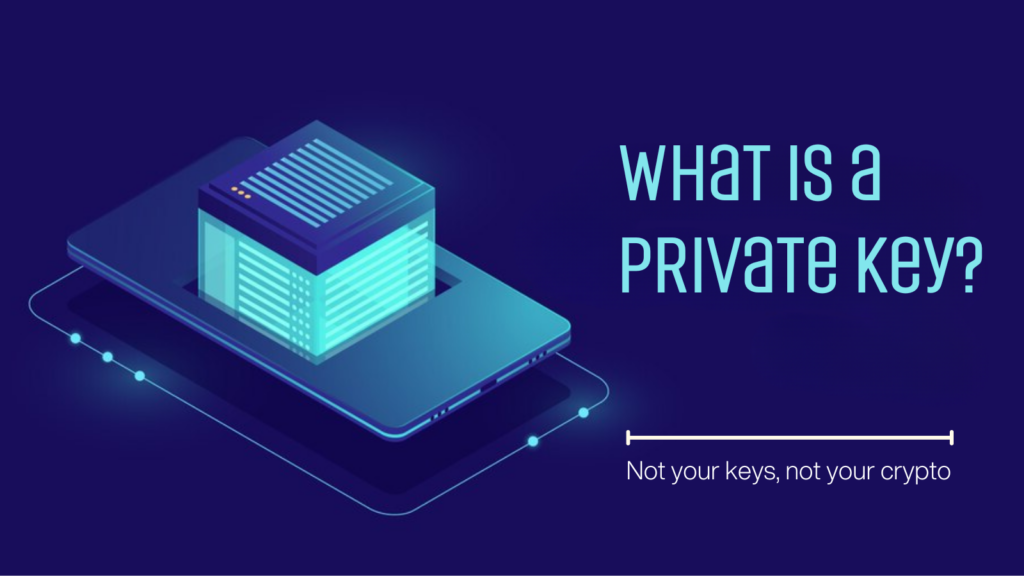
Private key is also a string of alphanumeric characters, but this one stays hidden. It is randomly generated (which is why it’s unique). Private keys are typically 64 characters long (256 bits), depending on the blockchain network.
A Cardano wallet’s private key is typically a long string of alphanumeric characters generated using cryptographic algorithms, similar to other blockchain private keys. For security reasons, the private key is meant to be kept secret, as it gives full control over the assets in the wallet.
In most cases, you won’t directly see the private key when using wallets like Vespr wallet, which are popular Cardano wallets. Instead, during setup, you’ll be given a seed phrase, usually 15 random words. This seed phrase is a backup for your private key, meaning that anyone who has your seed phrase can regenerate your private key and access your funds
The private key itself looks something like this:
“f1a76d759a5f809234567d9e5f1d23456789abcd1234567890abcdef123456789“
Type of Web3 Wallets
Not all wallets are the same. You’ll usually hear about hot and cold wallets:
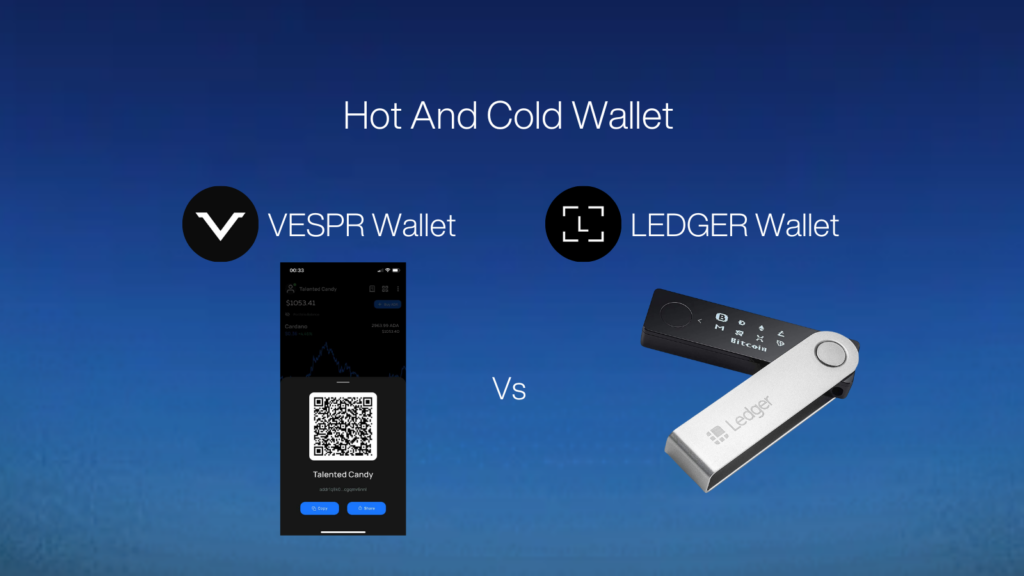
- Hot Wallets: These are connected to the internet and are super easy to use. Examples include Yoroi and Vespr Wallets. They’re great for quick transactions but be careful with security since they’re always connected online.
- Cold Wallets: These are offline and can be super secure than hot wallets. Examples are Ledger or Trezor. They take a little more setup but are perfect if you’re holding a lot of crypto assets.
How to Keep Your Wallet Safe

This is the deal, your wallet is only as secure as you make it. Always keep your private key and seed phrase safe. Don’t store them online where they can be hacked. Write them down on paper and keep them somewhere only you know.
And, for the love of crypto, please don’t fall for phishing links (scams). No one from a legit company will ever ask for your private key or seed phrase.
Here’s a quick guide on how to setup and keep your wallet safe:
- Go to vespr.xyz, download Vespr app and create a new wallet
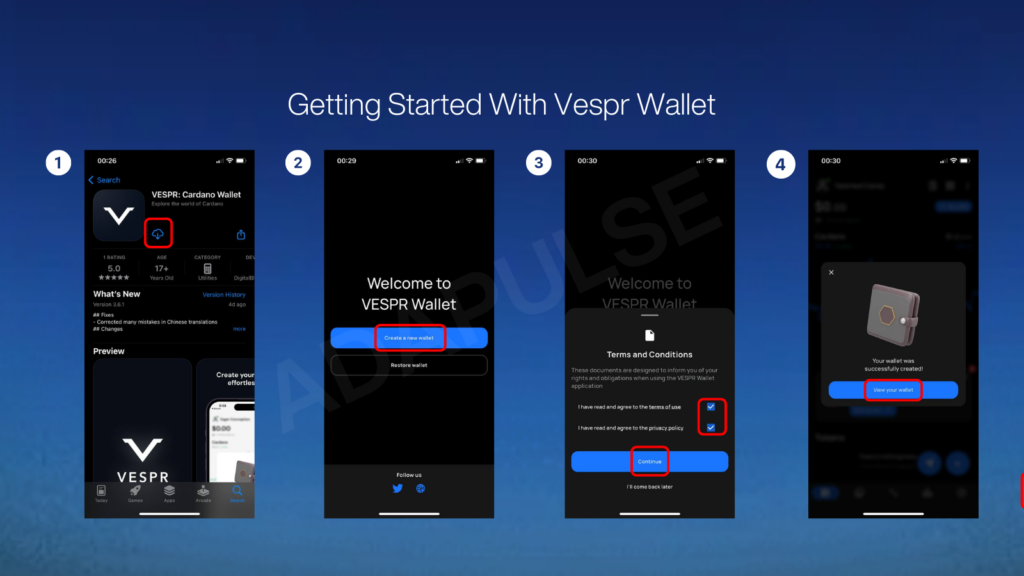
- You’ll get a seed phrase which is super important.
- Write it down and keep it safe. Note that anyone with your seed phrase can access your wallet.
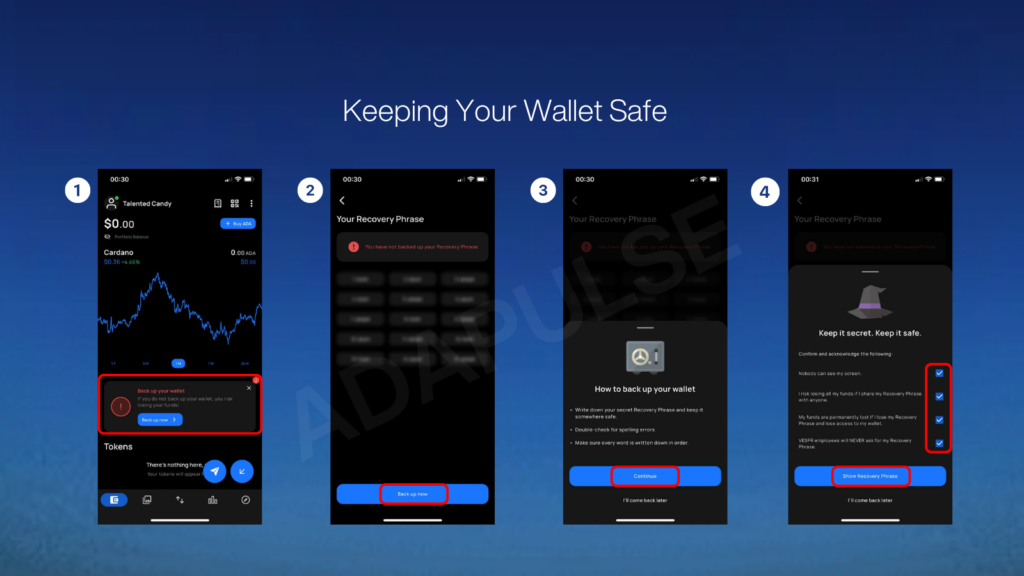
- Now that you’ve got your wallet set up, you’re ready to buy some Cardano (ADA) token. From the in-app, click on “Buy ADA”.
- You will be directed to TopperPay website where you can make payment for the tokens you want to buy.
- On the other hand, you can also copy your wallet address (Public Key) and send to your vendor to deposit ADA token
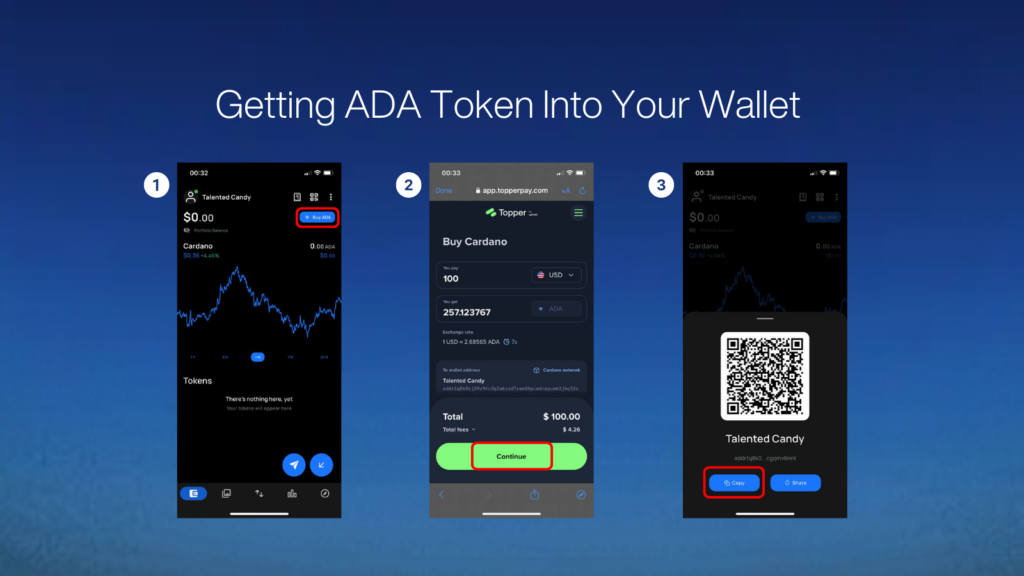
Why should you bother learning about Web3 wallets?
Because it’s your ticket to freedom in the digital era, from crypto to NFTs, DeFi, and beyond. With your Web3 wallet, you’re not relying on traditional methods of finance (a bank, a corporation, or any third party). You’re fully in control of your funds, your identity, and your assets.






